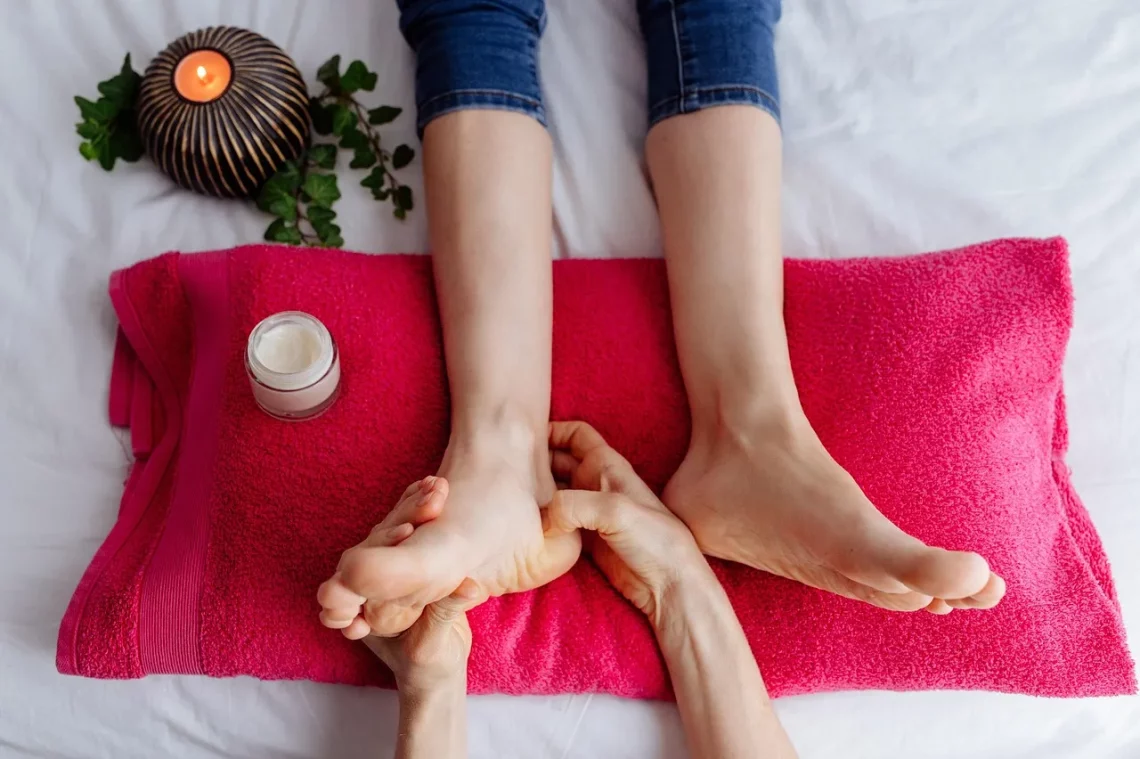
Understanding Ultherapy Cost: What to Expect and Budget For
Ultherapy has emerged as a popular non-invasive treatment for skin tightening and lifting, appealing to those seeking to rejuvenate their appearance without the need for surgery. This innovative procedure uses ultrasound technology to stimulate collagen production in the skin, thereby improving elasticity and reducing the signs of aging. As more individuals consider this treatment, understanding the costs associated with Ultherapy becomes crucial.
Various factors influence the price, from the geographical location of the clinic to the experience of the practitioner performing the procedure. Additionally, the extent of the treatment area and the individual’s specific needs can significantly impact overall expenses. For many potential patients, having a clear understanding of what to expect in terms of cost can help alleviate concerns and facilitate informed decision-making.
As you delve deeper into the intricacies of Ultherapy, it’s essential to consider not just the monetary aspect but also the value and benefits this treatment can provide. By understanding the various components associated with the cost of Ultherapy, individuals can better prepare themselves for this transformative experience, ensuring that they achieve their desired results while remaining within their budget.
Factors Influencing Ultherapy Cost
When evaluating the cost of Ultherapy, several key factors come into play. Firstly, the geographical location of the clinic can significantly affect pricing. Urban areas or regions with a higher cost of living typically offer Ultherapy at a premium compared to rural or suburban settings. Clinics situated in affluent neighborhoods may also charge more due to the clientele they serve.
Another crucial factor is the expertise and qualifications of the practitioner performing the procedure. Highly experienced professionals often command higher fees, but their expertise can lead to better outcomes and a lower risk of complications. Patients should prioritize finding a qualified and reputable provider over seeking the lowest price, as this decision can significantly impact the overall experience and results.
The size of the treatment area also plays a vital role in determining costs. Ultherapy can be performed on various parts of the body, including the face, neck, and décolletage. Treating larger areas will naturally incur higher costs than smaller, targeted treatments. Moreover, the number of sessions required can vary from person to person. While some may achieve their desired results in a single session, others may need multiple treatments, thus increasing the total expense.
Lastly, the specific technology and products used during the procedure can influence the cost. Clinics that invest in the latest equipment or utilize premium skincare products may charge more. While this might seem like an additional expense, opting for high-quality services can lead to superior results and a more satisfying experience.
Average Cost of Ultherapy Treatments
On average, Ultherapy treatments can range significantly in price, typically falling between a few hundred to several thousand dollars. The exact cost will largely depend on the factors discussed previously, including location, practitioner experience, and treatment area size.
For a single treatment session on the face and neck, patients can expect to pay anywhere from $1,500 to $4,500. Smaller treatment areas, such as the brow or décolletage, may cost less, generally around $750 to $2,000. It is essential to note that these prices are averages and can vary widely based on individual circumstances and clinic pricing structures.
Many clinics also offer financing options or payment plans to make Ultherapy more accessible to patients. It is advisable to inquire about these options during consultations, as they can help alleviate the financial burden associated with the treatment. Additionally, some providers may offer package deals for multiple sessions, which can provide significant savings for those requiring ongoing treatments.
While the upfront cost of Ultherapy may seem steep, it is essential to consider the long-term benefits of the procedure. The results can last for up to two years, making it a worthwhile investment for many individuals seeking to maintain a youthful appearance without resorting to invasive surgical procedures.
Preparing for Your Ultherapy Consultation
Before undergoing Ultherapy, a thorough consultation with a qualified practitioner is essential. This initial meeting serves as an opportunity to discuss your goals, medical history, and any concerns you may have regarding the procedure. During this consultation, the practitioner will assess your skin condition and determine the most appropriate treatment plan tailored to your needs.
It is beneficial to prepare a list of questions to ensure that you gain a comprehensive understanding of the procedure, including the expected outcomes and potential risks. Asking about the practitioner’s experience with Ultherapy and reviewing before-and-after photos of previous patients can also provide valuable insights into what to expect.
Understanding the costs associated with your treatment is another crucial aspect to address during the consultation. Be sure to ask for a detailed breakdown of the pricing, including any additional fees that may arise. Transparency in pricing will help you make informed decisions and avoid unexpected costs.
Additionally, your practitioner may recommend specific pre-treatment guidelines to optimize your results. These may include avoiding blood-thinning medications or reducing sun exposure prior to the procedure. Following these guidelines can enhance the effectiveness of the treatment and minimize the risk of complications.
Ultimately, thorough preparation and open communication with your practitioner can lead to a smoother Ultherapy experience and better results.
Longevity of Ultherapy Results
One of the key advantages of Ultherapy is the longevity of its results. Patients can typically expect to see improvements in their skin’s appearance for up to two years following treatment. However, the exact duration of the benefits may vary depending on various factors, including individual skin type, age, and lifestyle choices.
As the treatment stimulates collagen production, the results often continue to improve over time. Many patients report that their skin feels firmer and looks more youthful as the collagen rebuilds in the months following the procedure. It is important to maintain realistic expectations, as the results are not instantaneous and can take several months to become fully apparent.
While Ultherapy offers long-lasting results, it is essential to note that the natural aging process continues. Factors such as sun exposure, smoking, and poor skincare routines can contribute to the gradual return of sagging skin and wrinkles. To maintain the results, some individuals may choose to undergo touch-up treatments or combine Ultherapy with other skincare regimens.
Investing in a good skincare routine, including sun protection and hydration, can also help prolong the effects of Ultherapy. Regular check-ins with your practitioner can ensure that you are on track with your skincare goals and make adjustments as necessary.
In summary, Ultherapy provides an effective non-invasive solution for those looking to enhance their appearance. By understanding the costs involved and the factors that influence pricing, individuals can make informed decisions that align with their budget and aesthetic goals.
**Disclaimer: This article is for informational purposes only and should not be considered medical advice. Always seek the guidance of a qualified healthcare professional with any questions you may have regarding medical conditions or treatments.**




